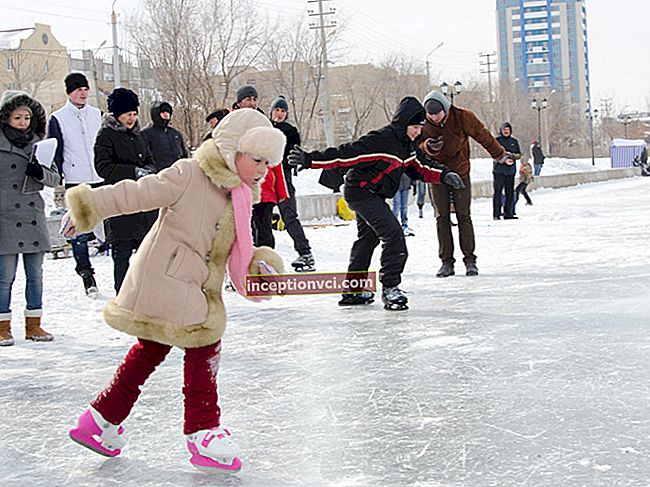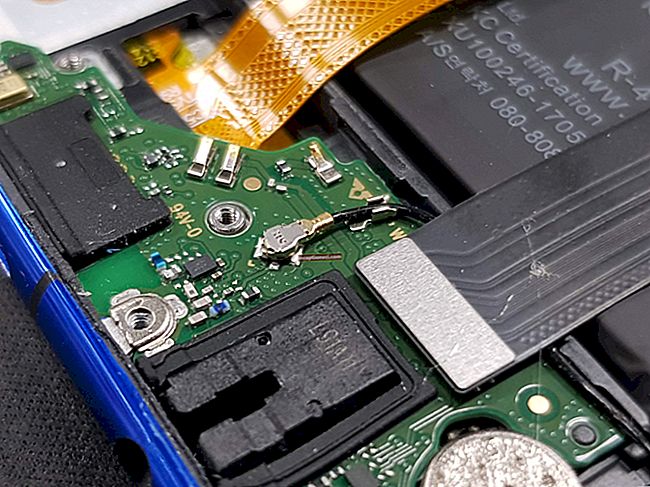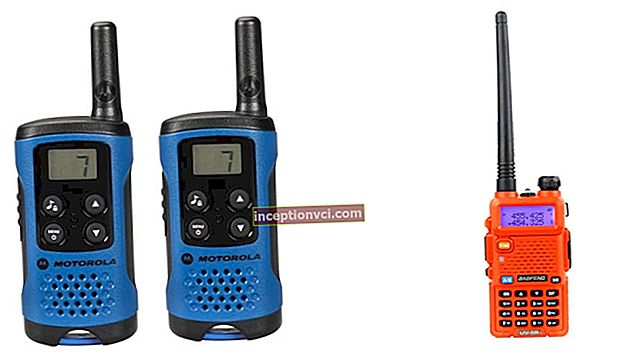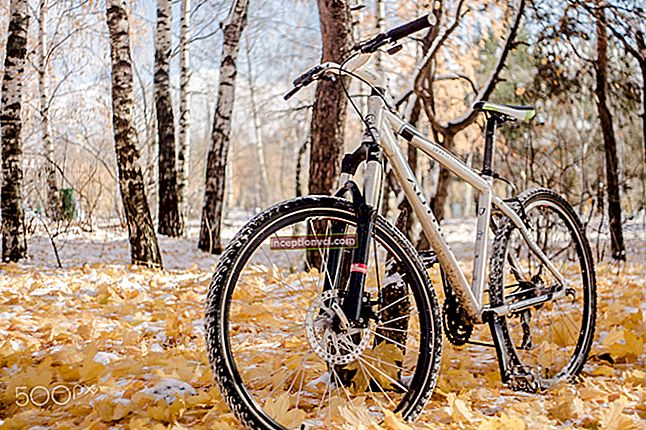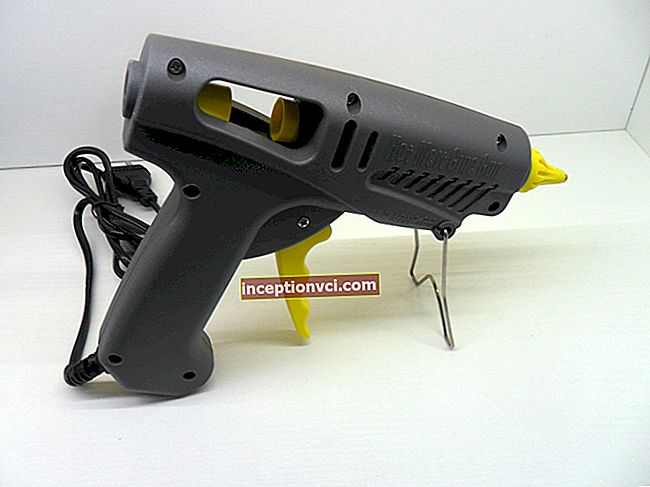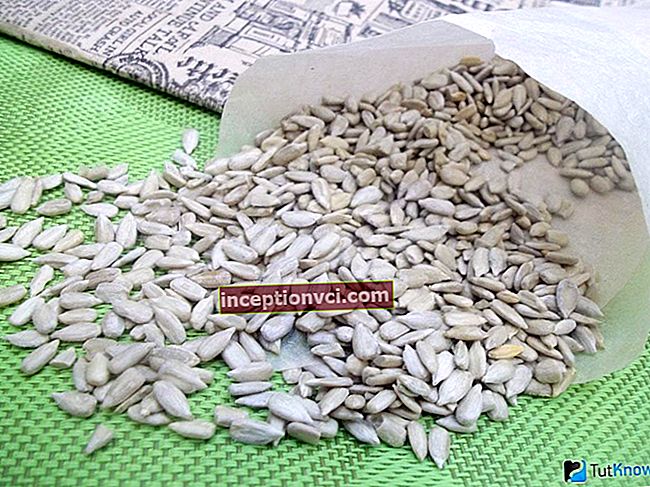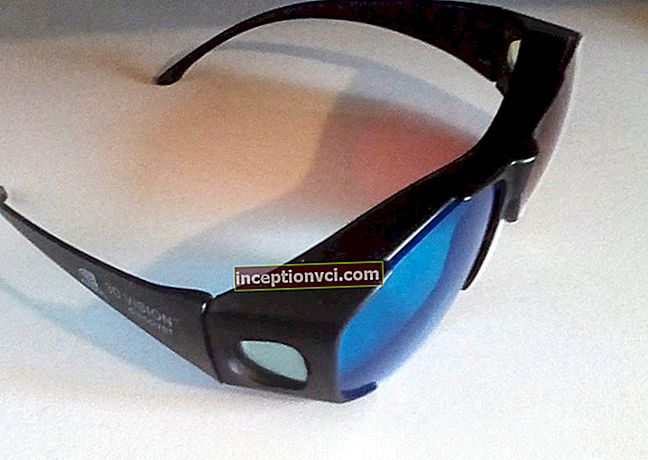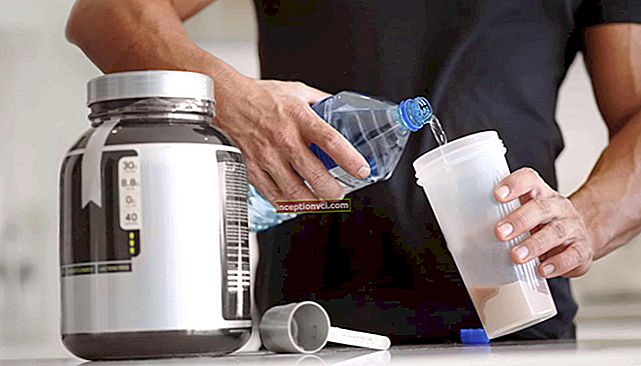Remember: you cannot be calm about the crumb in the car until you have a car seat! According to the test results, child seats in a car in 90% of cases save the life of a baby in an extreme situation. Excellent result? Yes, but you can only relax if you choose the right car seat.
 There are 7 things to consider when choosing a child car seat:
There are 7 things to consider when choosing a child car seat:
- It should correspond to the weight and age of the baby - so be sure to weigh the baby before buying.
- Children's models are equipped with an adjustable backrest tilt option. The permissible tilt angle is different for each age and meets safety requirements. The horizontal position of the back is not provided, but in good models it is so comfortable that the child falls asleep even while sitting.
- Notice the padding at the buckle that connects the straps in the baby's crotch area. Wide and elastic at the moment of impact does not injure the baby's tummy and genitals.
- Reinforced head and shoulder protection will cover a small passenger in a side collision.
- Ideally, the headrest moves behind the child's head during a frontal collision and prevents it from coming back too quickly.
- It is better if the chair is without armrests - this will exclude incorrect installation of the seat belt. Often, parents mistakenly pass the car's standard belt over the armrests while the belt guide runs underneath.
- Look for the label ECE-R44 / 04 (03) on the back or side back of the child car seat. It means that the model has passed the test cycle and meets the requirements of the European safety standard.
How to choose a child car seat?
Child car seats are divided into the following groups:
- Group "0" (from birth up to 10 kg) - cradles with guides for attaching a car belt. They fix the baby with a wide and soft belt. Additional protection is placed around the head, which protects against a collision with a car. Manufacturers equip the carrycot with a carrying handle.
- Group "0+" (from birth up to 13 kg) - a chair with internal three- or five-point seat belts and a comfortable handle. Installed on the front or rear seat facing backwards. This arrangement protects the head of the crumbs from a dangerous "nod" during sudden braking.
- Group "0 + / 1" (from birth up to 18 kg) - chairs with an adjustable backrest angle. The baby sits in it in a reclining position. Car seats are secured with car seat belts or the IsoFix system. It consists of staples located under the back of the car seat. With the help of them, the chair is attached to the seat of the car.
- Group "1" (from 9 to 18 kg) - for confident sitting children. The chair is installed by the person in the direction of travel. The main advantages of this group are comfort, thanks to the comfortable reclining positions of the chair, and high safety. Depending on the model, car seats are secured with standard seat belts or with the Isofix system. Some models are equipped with a soft table, on top of which a regular seat belt must pass. The board additionally holds the child and protects at the moment of impact or sudden braking due to the increased load distribution area.
- Group "1/2" (from 9 to 25 kg) - armchairs combine the properties of two categories at once due to the universal design. They are installed facing in the direction of travel and against the direction of travel. The group is distinguished by wider sides, the ability to adjust the height of the back and the width of the seat.
- Group "2/3" (from 15 to 36 kg) - in this category of devices, children are fixed with regular car seat belts, which are passed through special guides on the seat. The backrest is height adjustable.When the child reaches school age, it is removed, transforming into a booster (sitting without a back).
- Group "1/2/3" (from 9 to 36 kg) - universal models combine all the possibilities of adjusting the seat belts. The seat is intended for a child in the case when he has already grown from one group of car seats, and is still small for another. In terms of safety, universal chairs are inferior to models of the same age group.
- Group "3" (from 22 to 36 kg) - only booster seats are used. The child is fixed with a regular car seat belt, which runs obliquely along the body.

Ready to buy? Determine the weight of your treasure and visit the section of child car seats on F.ua. We represent products only from those manufacturers who strictly adhere to the requirements for child safety.
An interesting article: "Ergo backpack is different from a kangaroo: how to choose and not lose it?"
See what they focus on when choosing a car seat for the smallest passengers
